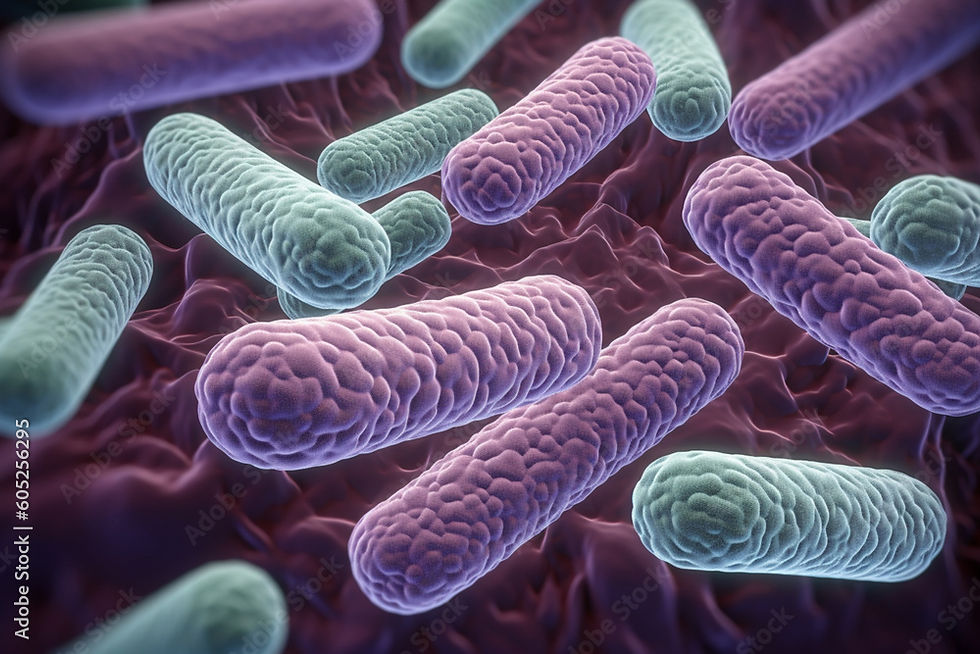What is Skyr. Myths vs reality
- Nik

- Apr 15, 2020
- 3 min read
Updated: May 15, 2021
Nowadays many people ask what Skyr is—Icelandic yogurt or Icelandic cheese. To answer this, we need to explain what yogurt is first, and what cheese is.
Legally defined, yogurt is a dairy food made by fermentation of dairy milk triggered by only two specific bacterial cultures: ‘’Lactobacillus delbrueckii ssp. bulgaricus’’ and ‘’Streptococcus Thermophilus.’’ When other species are added to the specific two bacterial strains, recently some refer to this combination as ‘’probiotic yogurt.’’ The probiotic yogurt is not a legally defined category and simply helps to distinguish yogurt—which is also probiotic—from other dairy fermented foods made with different bacterial strains.
The cheese is a dairy food that is derived from milk and made when using a variety of technologies and, depending on the particular cheese, can be consumed fresh or matured. Cheeses can be classified according to a variety of features including ripening characteristics, special processing techniques or method of coagulation. During the production of cheese, the milk is usually acidified and, unlike yogurt, adding the enzyme rennet completes coagulation.
The exceptions are two, and they are so-called ‘’whey cheeses’’ like ricotta where the whey is the main component and ‘’fresh acid-set cheese’’ or also known as ‘’Sour milk cheese’’ when acidified, most frequently using vinegar, lemon juice, lactic acid cultures and others.
So, based on the technology used – the Skyr is ‘’fresh acid-set cheese’’ made by lactic bacterial cultures. Due to the lack of research, we actually do not have any particular confirmed specification of the bacterial cultures used traditionally back in the past. Traditional Skyr can be made without rennet, but some methods include small quantities added.
The commercial manufacturers nowadays usually use the well-established starter cultures like Lactobacillus Bulgaricus, Streptococcus Thermophilus, Bifido, Acidophilus bacteria as well some mesophilic ones like Lactococcus species, which are frequently used for production of Kefir or a combination of all.
All variants with flavours and sugar hardly can be called Skyr as sugar does not play a role when making Skyr in an authentic way. The Skyr frequently is marked like ‘’yogurt’’ on the USA market due to the great commercial performance of yogurt, and also due to the similar taste of the milder version the commercial manufacturers offer. As there are no legally official definitions or regulations, anything can be represented as Skyr, regardless of the technology or even resemblance with the traditional methods.
The authentic texture of the Skyr made in a traditional way is thick but creamy due to the straining, and the traditional taste varies from slightly sour for a freshly made Skyr to very sour for older generations. The taste frequently is not a definitive indicator as nowadays we could have authentically made Skyr with milder taste, which seems preferred among the young generations. When made at home, milder tastes as well sour ones could be achieved when controlling the incubation time. Traditional Skyr, like yogurt or kefir and other similar products, is not a static product, as it changes in flavour over time.
The traditional milk is whole sheep or cow milk. As the traditions of making Skyr have been known for at least 10 centuries, we do not consider skimmed milk as a traditional milk just because it is a recent invention—within the last century or so.
Lastly, but not less important, you need a significant amount of milk in order to produce a cup of Skyr due to the straining process at the end.
It is a very fat and protein rich product, which was hugely appreciated in times of endemic medieval malnutrition.
To learn how to make Skyr in an authentic way, please visit our blog forum or watch the specific video on our YouTube Channel.







































Comments